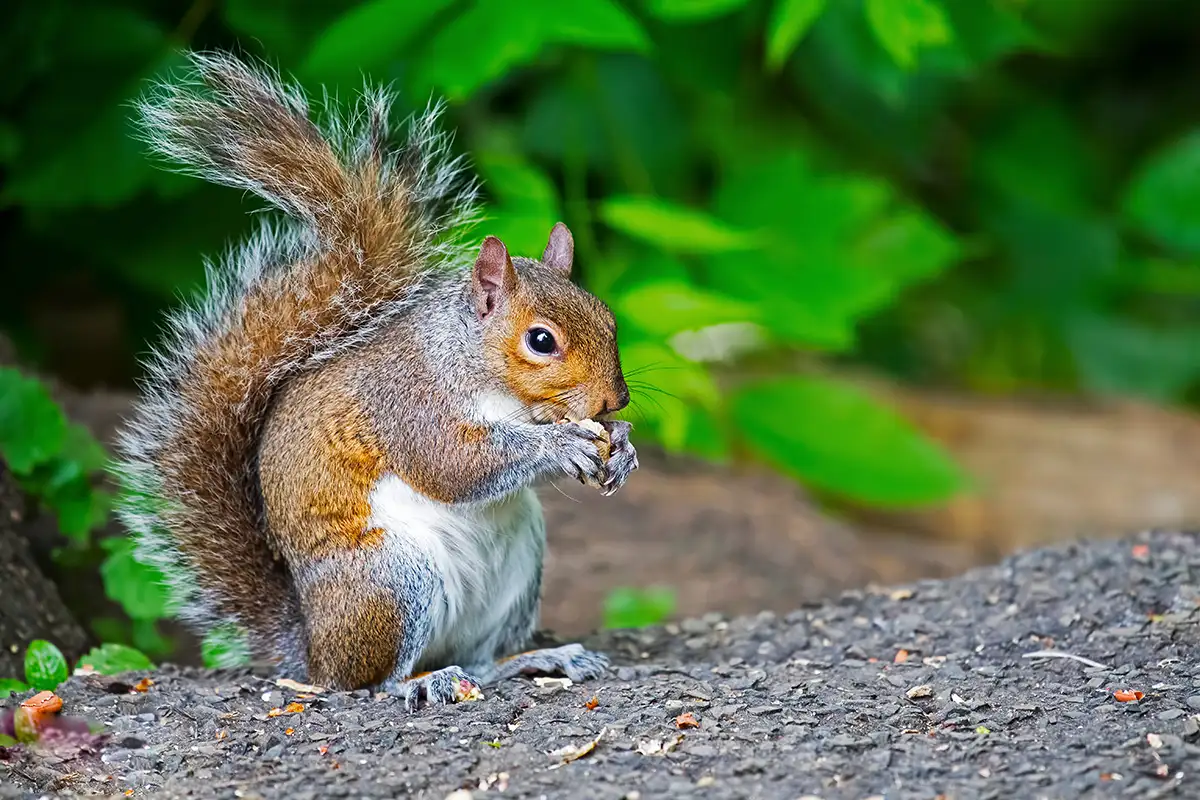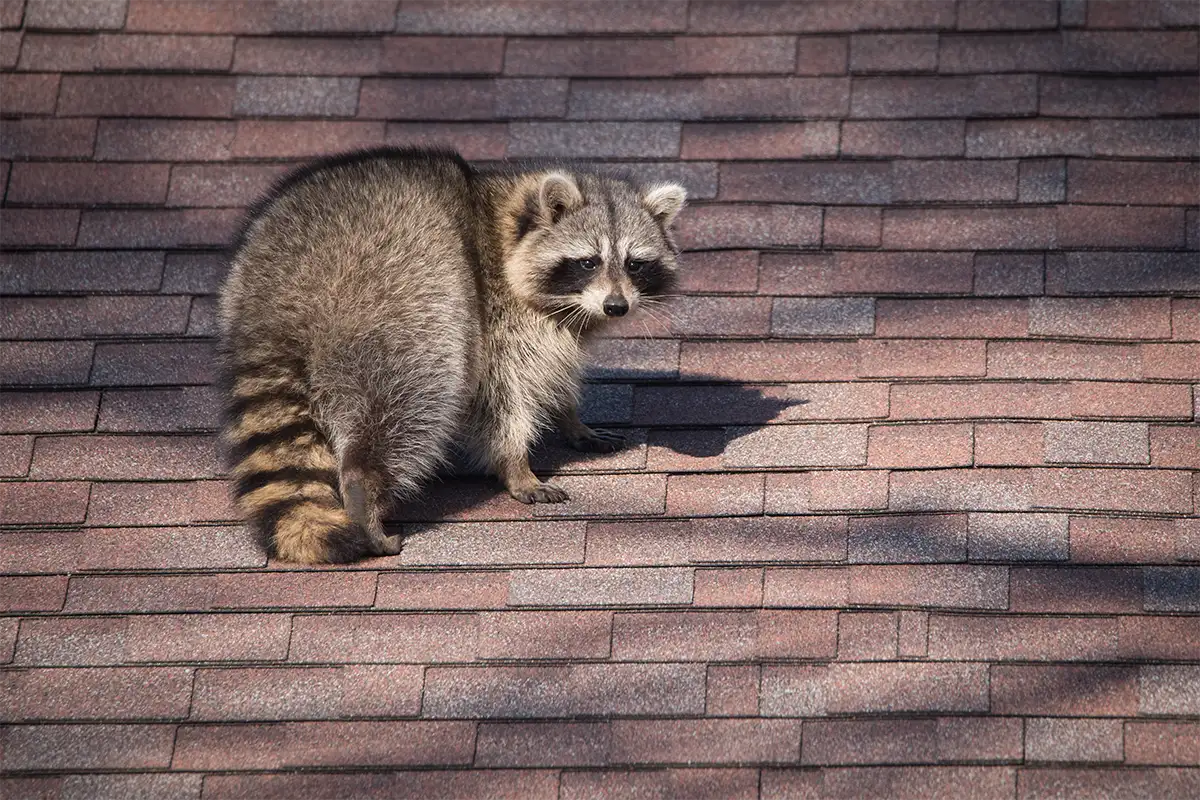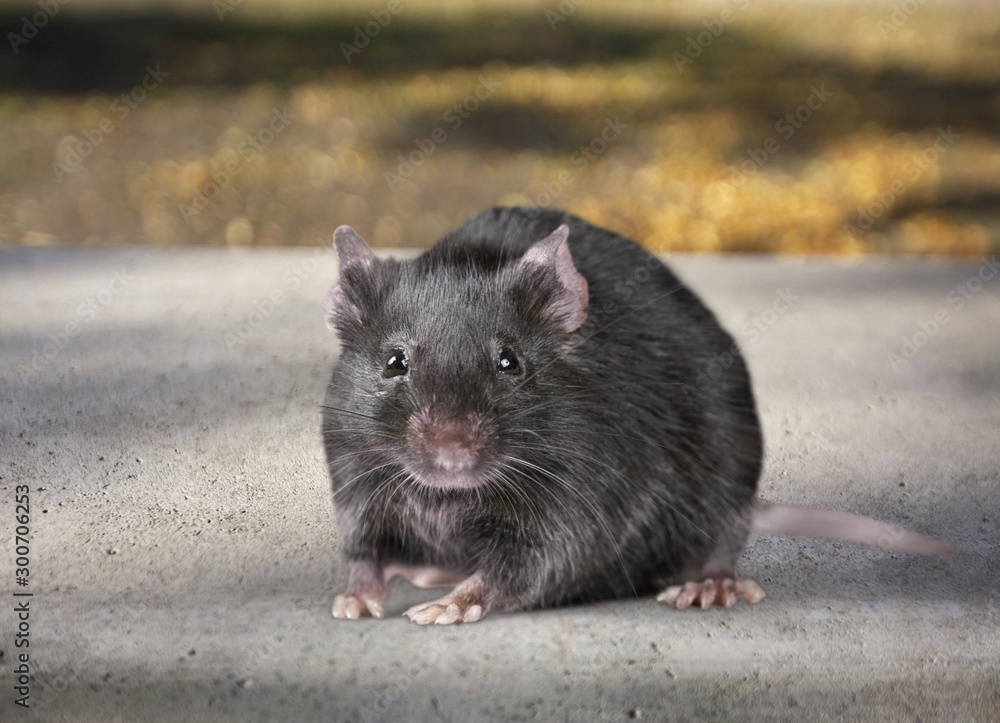Roberts Wildlife Service Area
Roberts Wildlife Control & Management is Alabama’s premier pest control service with many years of experience helping our customers prevent and manage rodents, squirrels, foxes, and other wildlife.
The services we provide include much more than animal control & removal: we also do animal proofing, damage repair, pest cleanup (including dead animal removal) – and more.
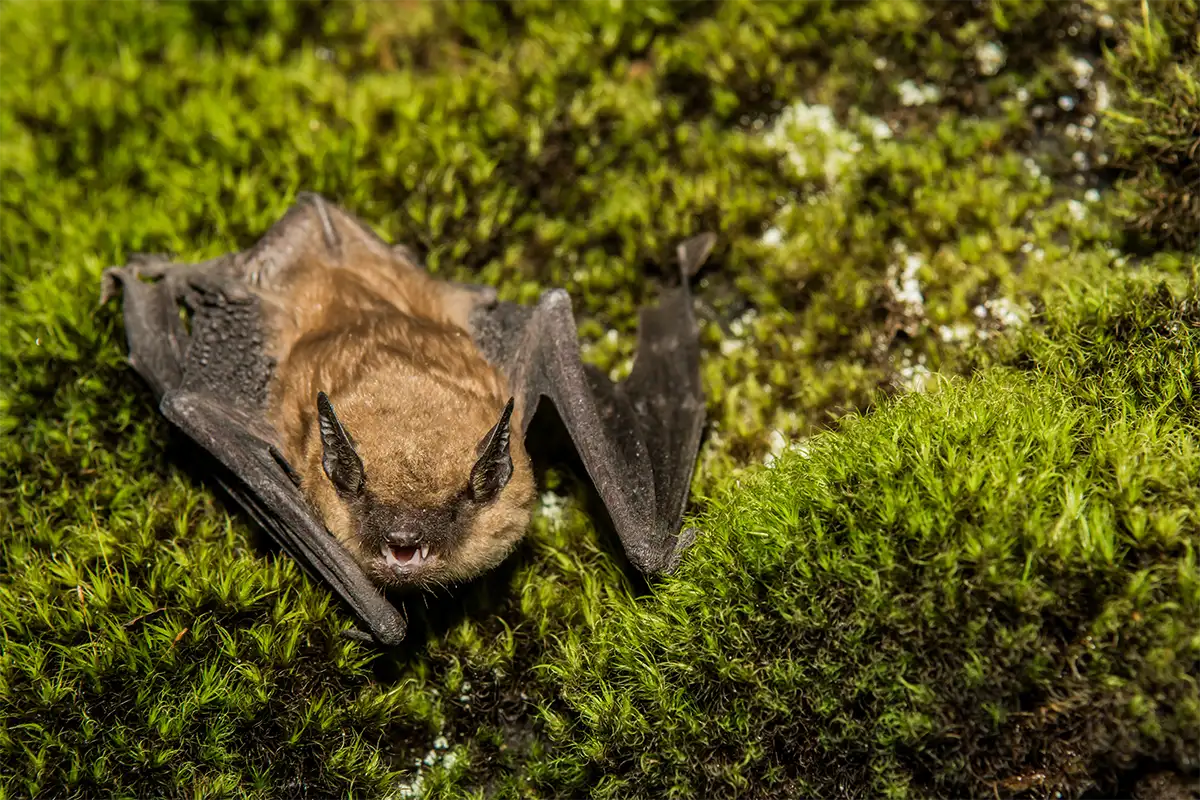
Wildlife Control & Prevention
Looking for effective wildlife control services to safeguard your property? Look no further! I’m Chase Roberts of Roberts Wildlife. Our expert wildlife control team offers top-notch solutions tailored to North and Mid Alabama wildlife needs. With our comprehensive approach and cutting-edge techniques, we ensure the humane removal of unwanted wildlife from your premises while minimizing potential damage.
From raccoons and skunks to bats and squirrels, our skilled wildlife technicians are equipped to handle a wide range of critters. Trust us to protect your home or business from wildlife intrusions, allowing you to enjoy peace of mind and a harmonious coexistence with nature. Contact our wildlife control experts today and reclaim control over your property!
Pest Removal & Prevention
Are you tired of dealing with pesky wildlife causing havoc around your property? Our wildlife control services are here to provide you with the ultimate solution! We specialize in effective wildlife management techniques that are both eco-friendly and efficient. Our team of professionals has extensive experience in handling wildlife conflicts, employing state-of-the-art methods to resolve infestations promptly.
Whether it’s removing burrowing animals, deterring bird nests, or excluding rodents from your premises, we’ve got you covered. With our proactive approach and attention to detail, we ensure that your property remains safe and protected from potential damage. Experience the difference our wildlife control services can make and discover a hassle-free way to coexist with nature. Reach out to us today for a consultation!
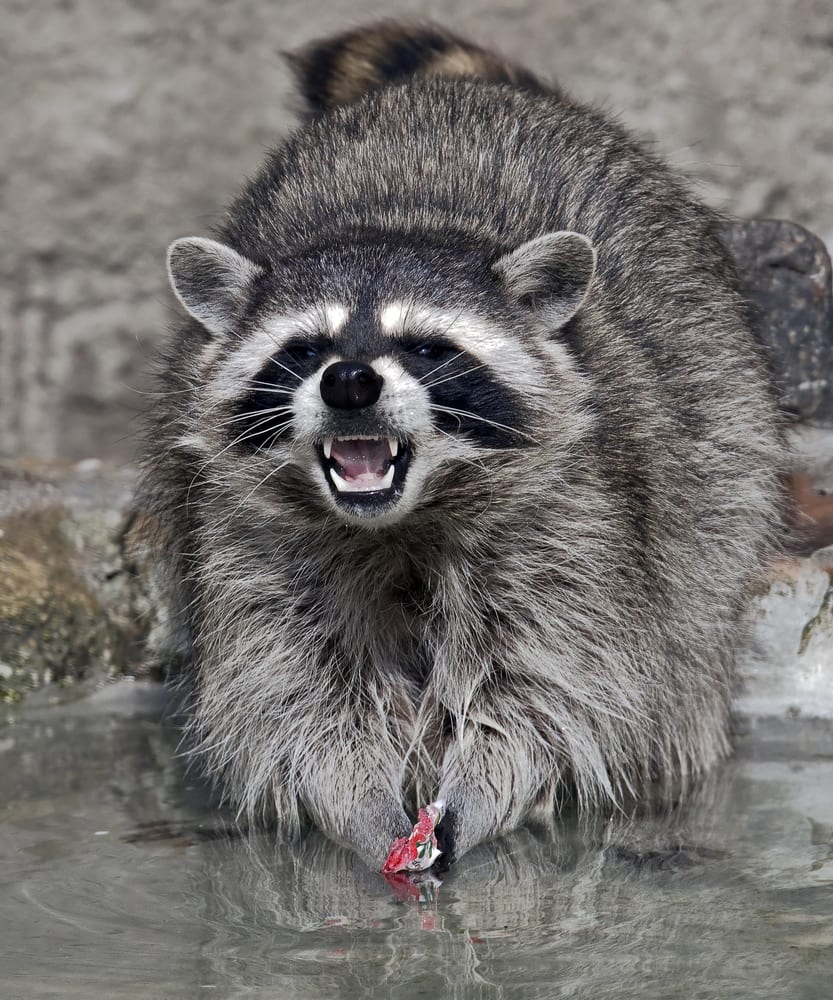
More Information About Pest & Wildlife Control

With a fondness for fresh fruits, vegetables, and flowers, the common squirrel has long spelled trouble for home gardeners. The average squirrel gathers acorns, pinecones, nuts, bark, fruit, berries, fungi, and insects, but is not above stealing bird eggs and bulbs. Sometimes they will even ruin your flowers just for the fun of it! Squirrels will not only attack your gardens, but your bird feeders as well. If you notice your bird food disappearing rather quickly, you may have a squirrel problem.
Squirrel Removal
Squirrel removal presents its own distinct set of challenges when compared to dealing with other pests. Squirrels are highly agile and skilled climbers, capable of effortlessly leaping from tree branches to roofs and accessing homes and attics through small openings. Their sharp teeth allow them to gnaw through various materials, including wood and electrical wires, leading to potential structural damage and fire hazards.
Squirrels are known for their persistent nesting behaviors.
Unlike some pests that primarily seek shelter and food, squirrels are known for their persistent nesting behaviors. They create intricate nests using leaves, twigs, and other materials, which they may construct in attics, chimneys, or wall voids. Squirrels are also known to be acrobatic and quick, making them challenging to trap or capture. They have a heightened sense of awareness and are cautious of new objects or changes in their environment.
Successful squirrel removal…
…often requires a combination of humane trapping methods, effective exclusion techniques to seal off access points, and professional expertise to safely and legally relocate these agile creatures.
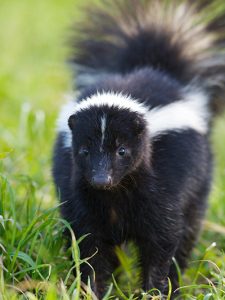
Striped skunks are omnivorous, feeding on both meat and plants. They are very opportunistic feeders and have a diet consisting of grubs, insects, small mammals, fish, fruits, crayfish, eggs, carrion (dead animals) and anything else it can find. The striped skunk gorges itself in the fall in preparation for a lean winter.
Skunk Removal
Skunk removal is a specialized process that requires careful handling and expertise due to the unique characteristics of these fascinating creatures. Unlike other pests, skunks possess a potent defense mechanism: the ability to emit a pungent spray from their anal glands. This makes skunk removal particularly challenging, as capturing them without triggering this defensive behavior is crucial.
Professionals trained in skunk removal
We employ a variety of humane techniques, such as live trapping or exclusion methods, to safely relocate skunks away from residential areas. Additionally, skunk removal often involves identifying and addressing the root cause of the infestation, such as uncovering potential den sites or food sources that attract these nocturnal animals.
Specialized approach to skunk removal
Overall, our “Skunks Stink” specialized approach sets it apart from other pest control procedures, requiring a unique understanding of skunk behavior and the use of non-lethal strategies to mitigate conflicts between humans and these creatures.
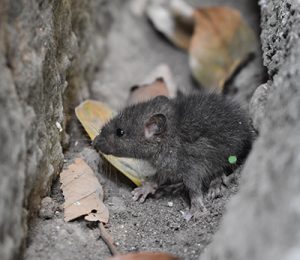
House mice are most often associated with humans in a variety of habitat type such as homes, warehouses, restaurants, factories, barns, and granaries. They are also found in agricultural fields, fencerows, and sometimes even in wooded areas.
Mouse removal
The house mouse is primarily a nocturnal animal but can be seen during daylight hours. It feeds on a variety of foods including but not limited to food consumed by humans, grains, seeds, green stems, leaves, insects and other plant and animal matter.
Mouse removal is a specialized task
Mouse removal requires a distinct approach compared to dealing with other pests. Mice possess several unique characteristics that set them apart from other common household pests. Their small size and agility enable them to squeeze through even the tiniest cracks and crevices, making it challenging to keep them out of homes and buildings.
Mice are notorious for their ability to reproduce rapidly, with a female capable of producing several litters each year. Their rapid breeding cycle can quickly lead to a full-blown infestation if not addressed promptly. Additionally, mice have a strong sense of curiosity and an instinctual urge to explore their surroundings, making them adept at discovering new food sources and shelter.
These traits make mouse removal a specific task that requires a comprehensive approach, including sealing entry points, employing traps and baits, and implementing proper sanitation practices to eliminate attractants and reduce the risk of future infestations.
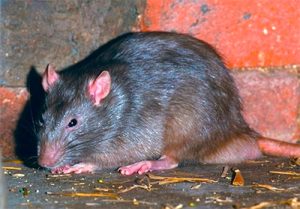
The rat is one of the most widespread animal species in the world due to their adaptability to a wide range of habitats. In urban areas, they are found around warehouses, residential buildings, and other human settlements. They prefer to live in dry upper levels of buildings, so they are commonly found in wall cavities and false ceilings. They also are found in agricultural areas, such as barns and crop fields.
Rat Removal
In the wild, roof rats live in cliffs, rocks, underground, and trees. They are great climbers and prefer to live in trees, such as pines and palm trees. In the absence of trees, they can burrow into the ground. Roof rats also are found around fences, ponds, riverbanks, streams, and reservoirs. Their nests are typically spherical and made of shredded material, including sticks, leaves, other vegetation, and cloth.
Rat removal presents its own unique challenges
When compared to dealing with other pests, rat removal presents its own unique challenges. Rats are larger and more powerful than mice, allowing them to chew through various materials, including wood, plastic, and even electrical wiring. This destructive behavior can lead to property damage and pose a significant fire hazard.
Unlike some pests that primarily seek shelter and food, rats are known for their adaptability and resourcefulness. They are capable climbers, swimmers, and excellent diggers, allowing them to access homes and buildings through multiple entry points. Rats also have a keen sense of smell and are cautious by nature, making them wary of new objects or changes in their environment, which can make trapping and baiting more challenging.
Due to their larger size and aggressive behavior, rat removal often requires a more aggressive and strategic approach, including the use of specially designed traps, professional pest control services, and thorough exclusion methods to prevent re-infestation.
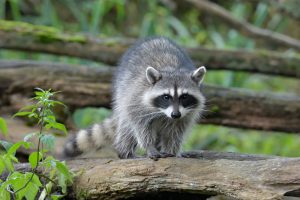
Raccoons have masks over their eyes because they could rob even a bank vault. These resourceful animals are second in persistence and imagination to no other animal (unless it’s a squirrel at a bird feeder). Raccoons are great climbers, swimmers, jumpers, and runners.
Their five-toed paws make them very dexterous, and their agility can allow them to outsmart every human concoction used to deter them. Raccoons are nocturnal creatures, meaning that they feed at night. This might make it hard for you to identify them, as you might only see the damage they cause. Looking for raccoon tracks near the damage might also help you to identify them.
Raccoon Removal
Raccoon removal presents its own set of unique challenges, distinguishing it from dealing with other pests. Raccoons, with their distinctive mask-like facial markings and ringed tails, are known for their intelligence and adaptability. These clever creatures are skilled climbers and agile with their nimble paws, allowing them to access rooftops, attics, and even chimneys in search of food and shelter.
Raccoon removal can be complex
Raccoons can be bold and fearless, making their removal a bit more complex. They are notorious for their dexterity in opening garbage cans and creating messes. Their presence can lead to property damage and potential health risks due to their potential as carriers of diseases. When it comes to raccoon removal, it’s important to approach the task with caution and expertise.
We employ humane trapping methods and implement exclusion techniques to seal off entry points. Just remember, when dealing with raccoons, it’s best to keep your wits about you and resist the temptation to challenge them to a game of “hide and seek”—they’re known for being unbeatable in that department!
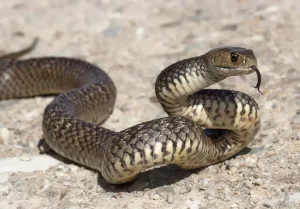
Alabama is home to a number of snakes, which include the venomous Copperhead, Cottonmouth, Eastern Coral Snake, Eastern Diamondback Rattlesnake, Pigmy Rattlesnake, and Timber Rattlesnake. Five of these six venomous snakes in Alabama are in the pit viper group. Snakes sometimes appear in strange places as they crawl about looking for food, water, or shelter.
Some snakes, such as copperheads, are fond of using old rock or woodpiles as shelter and feeding areas. In addition, brush and trash piles provide habitat for snakes and rodents. Given these facts, keeping old piles of debris cleaned up around your home reduces the shelter for snakes and their food sources. This will reduce the likelihood of snakes being present.
Snake Removal
Snake removal poses unique challenges compared to dealing with other pests. Snakes are reptiles that can vary in size, from small and harmless species to large and potentially dangerous ones. Their ability to slither and navigate through tight spaces makes them adept at entering homes, basements, and other structures through small openings, such as gaps under doors or cracks in foundations.
Snake removal often requires the expertise of trained professionals
Unlike mammals or insects, snakes do not chew or gnaw on structures, but their presence can still cause significant alarm and fear due to the potential for venomous bites or the fear of accidental encounters. Snake removal often requires the expertise of trained professionals who can identify the species, assess potential risks, and employ appropriate techniques to safely capture and relocate the snake.
Additionally, implementing exclusion measures to seal off entry points and discourage future snake visits may be necessary to ensure long-term prevention. Understanding the behavior, habitat preferences, and local regulations regarding snakes is crucial to effectively and safely handle their removal.
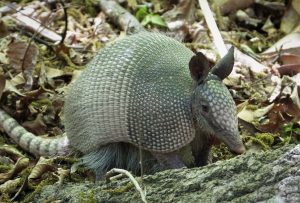
Armadillos have the ability to carry the bacterium that causes leprosy in humans. Armadillos are prolific diggers that excavate land for food and dig profound burrows for shelter. They prefer to dig in areas with loose, porous soil, rich in insects and invertebrates. Most armadillo damage comes about as a result of their digging habits, taking the forms of holes and burrows.
Armadillo Removal
Armadillo removal brings its own set of unique considerations, setting it apart from dealing with other pests. Armadillos, with their armored shells and distinctive snouts, are known for their burrowing habits and relentless search for food. Their strong digging abilities enable them to create extensive underground tunnels and uproot plants, causing damage to gardens and lawns.
Unlike some pests that may scurry away at the first sign of human presence, armadillos have a reputation for being oblivious to threats, often becoming engrossed in their pursuit of insects and grubs. This makes trapping or deterring them a bit trickier.
When it comes to armadillo removal, it’s important to think outside the shell!
Employing techniques such as exclusion fencing or using live traps can help safely relocate these persistent diggers. Just remember, when facing an armadillo, it’s best to approach the situation with armored determination and a good sense of humor—after all, who knew dealing with pests could be such a “shell” of a time?
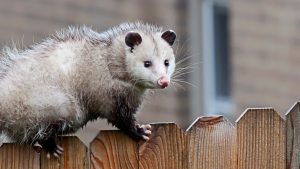
Perhaps the most famous characteristic of the opossum is its tendency to play dead in front of predators. When the animal experiences intense fear in the face of danger, it seizes up and flops to the ground where it can remain for hours staring blankly ahead and sticking out its tongue. A picture of a possum playing dead doesn’t really do it justice. To get the full experience, you need to be standing over to it to smell the putrid odor it emits when pretending to be a corpse.
Possum Removal
Possum removal presents its own unique challenges, distinguishing it from dealing with other pests. Possums, with their adorable and somewhat mischievous appearance, are known for their nocturnal habits and ability to adapt to various environments. They are skilled climbers and can easily access attics, crawl spaces, or even chimneys through tree branches or vines.
Possums play possum!
Unlike some pests that may scurry away at the slightest disturbance, possums have a reputation for playing possum! When feeling threatened, they often feign death by going into a catatonic state, making it a bit more challenging to capture or remove them. Additionally, possums have a diverse diet and can cause damage to gardens, crops, or garbage cans in their quest for food.
Possum Removal takes Patience
When it comes to possum removal, it’s essential to approach the situation with both patience and persistence. Employing humane trapping methods and utilizing exclusion techniques to seal off entry points are effective strategies. Remember, when dealing with possums, it’s best to keep your cool and resist the temptation to “play dead” yourself—leave the acting to the possums and focus on finding a peaceful coexistence.
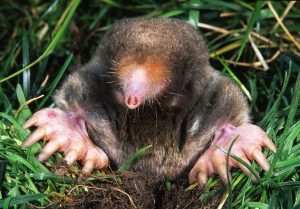
Moles are ground–dwelling carnivores that prefer to eat insects instead of your garden plants. However, their underground tunnels can ruin your garden and lawn and make an easy access to your plants for other rodents.
If you have a significant invasion of moles or similar pests, it may be a sign of trouble. Moles are usually found where soil is rich in organic matter. Their presence in unusually large numbers might be due to a high population of soil pests. It therefore serves as a warning that all is not well with the soil life.
Mole Removal
Mole removal presents its own distinctive challenges, setting it apart from dealing with other pests. Moles, with their velvety fur and specialized digging paws, are underground dwellers, known for their intricate tunnel systems. These small mammals have a remarkable ability to create complex networks of tunnels, which can disrupt lawns, gardens, and even damage the roots of plants.
Unlike pests that are primarily visible above ground, moles spend most of their time burrowing and foraging for earthworms and insects beneath the surface. This subterranean lifestyle makes mole removal a bit more intricate. Traditional trapping methods or deterrents are often employed to address mole infestations, targeting their underground activity.
Mole Humor
However, dealing with moles requires a certain level of humor—so here’s a pun to bring a smile to your face: Why did the mole go to therapy? Because he had deep-rooted issues! Remember, tackling mole removal may take some patience, persistence, and a touch of humor to successfully restore your pristine lawn.
A Message from the owner, Chase Roberts
As far back as I can remember, I’ve been obsessed with animals and their behavior. I went from milking cows at a local dairy farm to working at a veterinary clinic. Soon after, I served eight years as an animal / wildlife control officer. When I was given an opportunity to become a wildlife trapper, I jumped at the opportunity.
It wasn’t long until I was starting my own business, and it began to grow faster than I could imagine. In just a few years, I went from covering a small town, to one-third of Alabama. I am currently keeping myself and two other guys working full-time. We are still growing! For that, I have to thank all of my wonderful customers, and a long list of all those who have assisted in helping this business grow as well as it has.
Some of those I would like to give credit to: God, Mike (Hollywood), Dustin, Hugh (Cujo) and Joshua. These are not all (but a few) of the people who played a major role in my starting this company!

